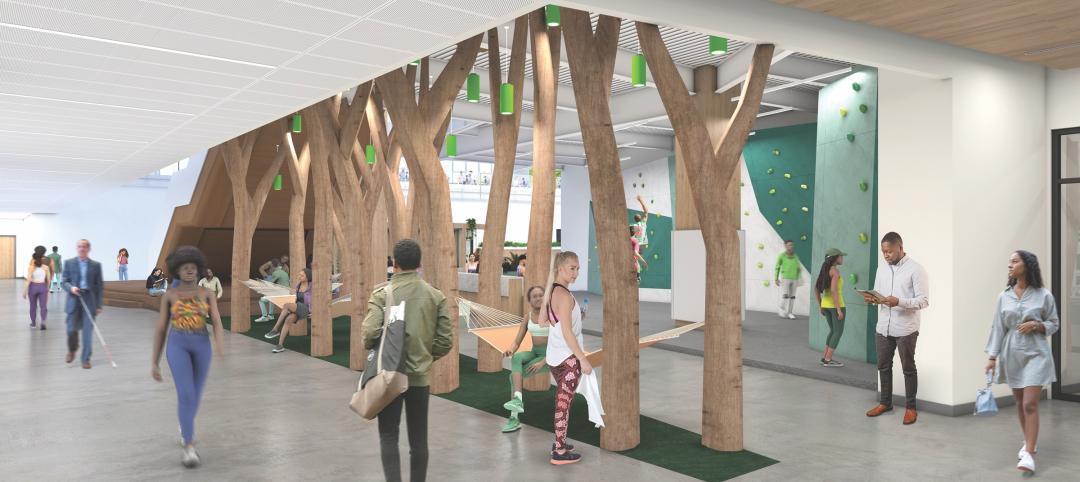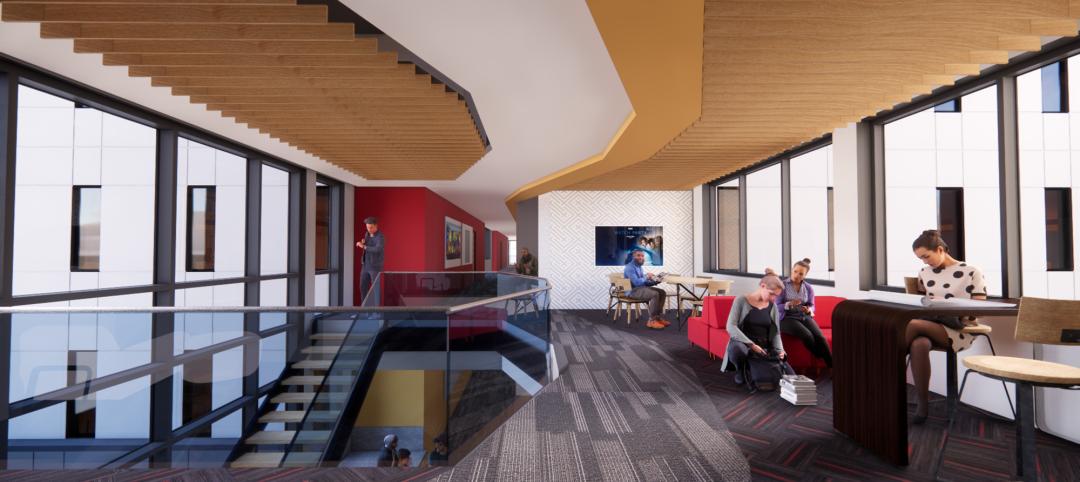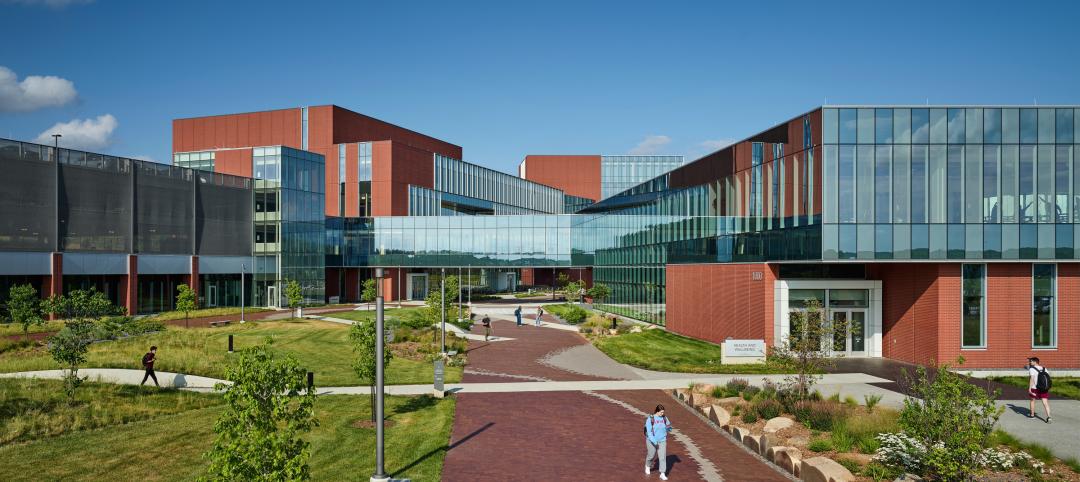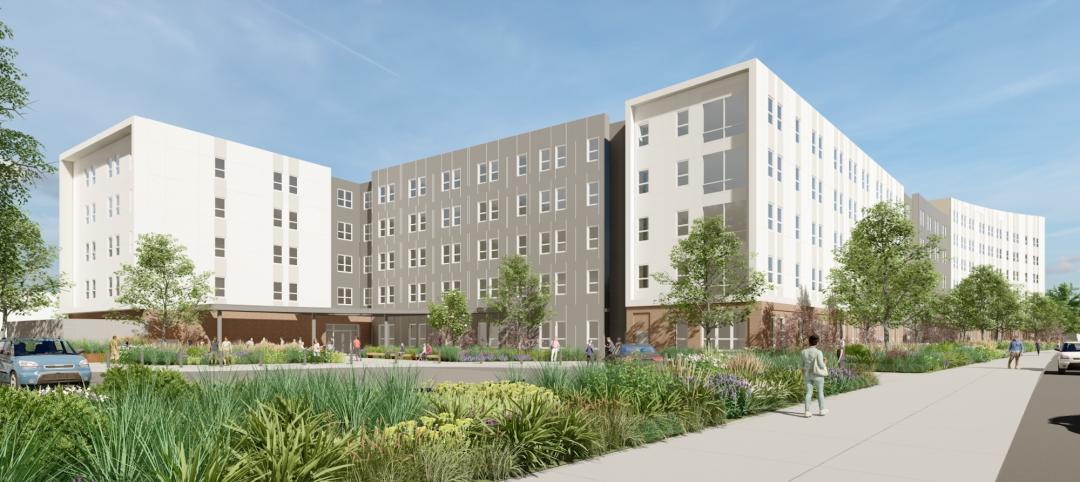The Southern Forest Products Association (SFPA) does not test lumber or establish design values. SFPA markets lumber products and helps users understand Southern Pine grading rules and design values. “Our objective is to provide information helpful to our member producers and their customers,” said SFPA president Adrian Blocker. “We feel a summary of the process used to develop new design values will clarify many of the questions we have received.”
Design values for structural lumber go through a rigorous, step-by-step process, including development by the appropriate rules-writing agency (such as the Southern Pine Inspection Bureau (SPIB) for Southern Pine), approval by the American Lumber Standard Committee (ALSC) Board of Review, and adoption into the building codes by the International Codes Council.
- ALSC provides the basis for design value acceptance. ALSC serves as the standing committee for the American Softwood Lumber Standard, Voluntary Product Standard PS 20, developed in accordance with U.S. Department of Commerce procedures. ALSC administers the American Lumber Standard system which provides the basis for acceptance of lumber and design values for lumber by the building codes throughout the U.S. The last major change for visually graded dimension lumber occurred in 1991 when design values for Southern Pine and other North American species were published based on In-Grade testing of full-size samples of commercially produced lumber.
- The resource is monitored by rules-writing agencies. Since 1994, the Southern Pine Inspection Bureau (SPIB) has conducted an annual resource monitoring program developed in collaboration with the U.S. Forest Products Laboratory (FPL).
- Possible resource changes are detected. During 17 years of resource monitoring by SPIB, the level established to trigger additional testing was never reached. However, overall trends in the annual test data suggested a possible shift in the raw material resource or product mix. These trends, along with anecdotal external information, prompted SPIB to conduct an enhanced testing program.
- Sampling and testing plans are approved by the ALSC Board of Review. SPIB’s Special Procedures for Monitoring Southern Pine Design Values plan was approved on November 18, 2010.
- Testing and data analysis is conducted by rules-writing agencies. SPIB partnered with Timber Products Inspection to sample No.2 2x4 test specimens according to the approved plan. SPIB and Timber Products conducted destructive tests in bending and tension, plus gathered stiffness and property data, all in accordance with ASTM International standards. SPIB performed the data analysis, also in conformance with ASTM standards. The SPIB Board of Governors studied the results and considered all options, including the possibility of modifying SPIB’s Standard Grading Rules for Southern Pine Lumber to cull out the lowest strength pieces. The conclusion reached was that the test results did not support such a grading rule change. Instead, the SPIB Board of Governors concluded the appropriate outcome was to propose new design values for all grades and sizes of visually graded Southern Pine dimension lumber. Moving forward, the SPIB Board of Governors committed to the completion of the full In-Grade testing matrix by testing Select Structural 2x4s, No.2 and Select Structural 2x8s, and No.2 and Select Structural 2x10s. SPIB and Timber Products will conduct destructive tests in bending, tension and compression, plus gather stiffness and property data. Testing is scheduled to be completed by Spring 2012.
- Proposed new design values are submitted to the ALSC Board of Review by rules-writing agencies. SPIB was the first agency to submit proposed new design values. The National Lumber Grading Authority has submitted its monitoring data. All other rules-writing agencies are immediately undertaking evaluation of their resources and have submitted sampling and testing plans for their species to the ALSC Board of Review.
- Technical review is performed by the U.S. Forest Products Laboratory at the request of the ALSC Board of Review.
- New design values are approved by the ALSC Board of Review. The ALSC Board of Review will review information involving design values for all species at its next meeting, scheduled for October 20, 2011. New design values for Southern Pine could be approved at that meeting. Or, the ALSC Board of Review may decide additional information, such as the results from SPIB’s full In-Grade matrix testing, is needed before granting final approval.
- New design values are published by rules-writing agencies. SPIB will publish new design values for visually graded Southern Pine dimension lumber upon approval by the ALSC Board of Review.
- New design values are incorporated into the building codes by reference through the National Design Specification® (NDS®). The American Wood Council (AWC) will update the NDS Design Value Supplement, a compendium of approved lumber design values published by rules-writing agencies. In addition, AWC will update the Wood Frame Construction Manual (WFCM) which references the NDS supplement for development of prescriptive designs. AWC will submit new span and application tables to the International Codes Council, as well as propose other code and standard changes needed to incorporate new design values into the building codes.
State and local code jurisdictions determine adoption and enforcement timelines. Rules-writing agencies are responsible for making new design values publically available upon approval by the ALSC Board of Review. SFPA and AWC will assist by providing the new information to the design, specification, user, and enforcement communities. It is then the responsibility of building code jurisdictions to determine how and when to begin enforcement.
“SFPA is the marketing organization that communicates new design value information with key customer groups and allied industry organizations,” said Blocker. “Many in the construction industry, including SFPA, support an orderly and logical transition for achieving a timely changeover to new design values while avoiding project stoppages or delays. BD+C
Related Stories
Construction Costs | Oct 16, 2024
Construction Crane Index: Most major markets’ crane counts increase or hold steady in third quarter
Rider Levett Bucknall’s (RLB’s) latest Crane Index and Quarterly Cost Report shows continued decreasing cost inflation and crane counts increasing or holding steady in 10 of the 14 major markets it surveyed. The national average increase in construction costs was 1.07%, the lowest it’s been in the last three years.
AEC Tech | Oct 16, 2024
How AI can augment the design visualization process
Blog author Tim Beecken, AIA, uses the design of an airport as a case-study for AI’s potential in design visualizations.
University Buildings | Oct 15, 2024
Recreation and wellness are bedfellows in new campus student centers
Student demands for amenities and services that address their emotional and mental wellbeing are impacting new development on college campuses that has led to recreation centers with wellness portfolios.
Higher Education | Oct 14, 2024
Higher education design for the first-gen college student
In this Design Collaborative blog, Yogen Solanki, Assoc. AIA, shares how architecture and design can help higher education institutions address some of the challenges faced by first-generation students.
Performing Arts Centers | Oct 10, 2024
Studio Gang's performing arts center for Hudson Valley Shakespeare breaks ground
A new permanent home for Hudson Valley Shakespeare, a professional non-profit theater company, recently broke ground in Garrison, N.Y. The Samuel H. Scripps Theater Center includes a 14,850 sf performance venue that will serve as a permanent home for the theater company known for its sweeping open-air productions of classics and new works.
Sustainable Design and Construction | Oct 10, 2024
Northglenn, a Denver suburb, opens a net zero, all-electric city hall with a mass timber structure
Northglenn, Colo., a Denver suburb, has opened the new Northglenn City Hall—a net zero, fully electric building with a mass timber structure. The 32,600-sf, $33.7 million building houses 60 city staffers. Designed by Anderson Mason Dale Architects, Northglenn City Hall is set to become the first municipal building in Colorado, and one of the first in the country, to achieve the Core certification: a green building rating system overseen by the International Living Future Institute.
3D Printing | Oct 9, 2024
3D-printed construction milestones take shape in Tennessee and Texas
Two notable 3D-printed projects mark milestones in the new construction technique of “printing” structures with specialized concrete. In Athens, Tennessee, Walmart hired Alquist 3D to build a 20-foot-high store expansion, one of the largest freestanding 3D-printed commercial concrete structures in the U.S. In Marfa, Texas, the world’s first 3D-printed hotel is under construction at an existing hotel and campground site.
University Buildings | Oct 9, 2024
Des Moines University Medicine and Health Sciences opens a new 88-acre campus
Des Moines University Medicine and Health Sciences has opened a new campus spanning 88 acres, over three times larger than its previous location. Designed by RDG Planning & Design and built by Turner Construction, the $260 million campus features technology-rich, flexible educational spaces that promote innovative teaching methods, expand research activity, and enhance clinical services. The campus includes four buildings connected with elevated pathways and totaling 382,000 sf.
Student Housing | Oct 9, 2024
University of Maryland begins work on $148 million graduate student housing development
The University of Maryland, in partnership with Campus Apartments and Mosaic Development Partners, has broken ground on a $148.75 million graduate student housing project on the university’s flagship College Park campus. The project will add 741 beds in 465 fully furnished apartments.
Healthcare Facilities | Oct 9, 2024
How healthcare operations inform design
Amanda Fisher, Communications Specialist, shares how BWBR's personalized approach and specialized experience can make a meaningful impact to healthcare facilities.

















